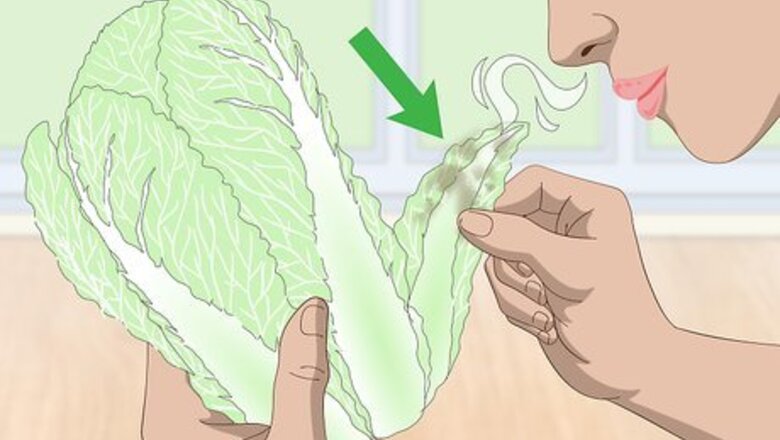
views
Recognizing Spoilage in Common Vegetables
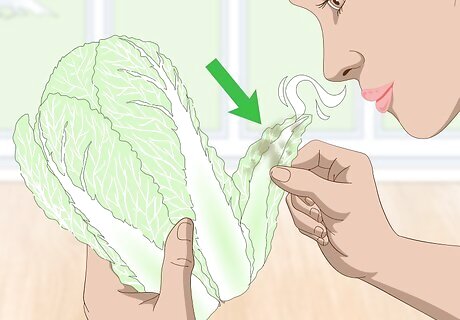
Check your leafy green vegetables for discoloration and odors. Green vegetables will wilt after a couple days, especially if they're unpackaged. That is okay and doesn’t mean they are spoiled. Greens that are close to spoiling will start turning a yellowish color, become slimy, and have a foul odor. You can revitalize leafy greens by soaking their stems in warm water for 10 to 15 minutes. This does not always work, however, so if your leafy greens still look droopy after soaking, go ahead and toss them. If you have bagged lettuce, you'll start to see colored liquid form at the bottom of the bag.
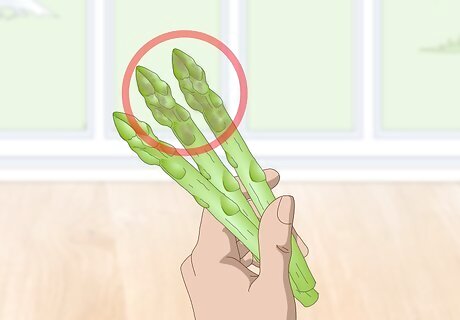
Check your asparagus for discolored tips. The state of your asparagus can be assessed by looking at the tip. The tip is usually the first part to go bad. It will turn dark green or black, and it will become mushy or slimy. If this happens, you can still eat the asparagus if you cut off the tips and just cook the stems. If the whole asparagus has turned dark green or black, throw it out and don’t eat it.
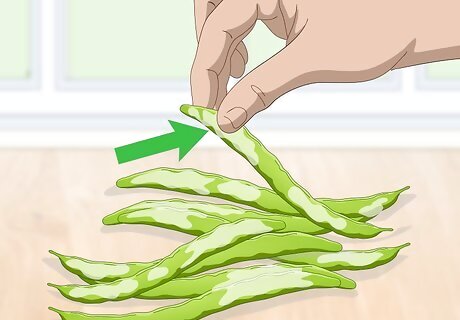
Watch for limp, moist green beans. Fresh green beans only last a few days, so keep an eye on them. Fresh green beans that are spoiled will be very limp and moist or slimy. Placing green beans in the fridge can extend their shelf life. Cooked beans are spoiled when they give off a sour odor.
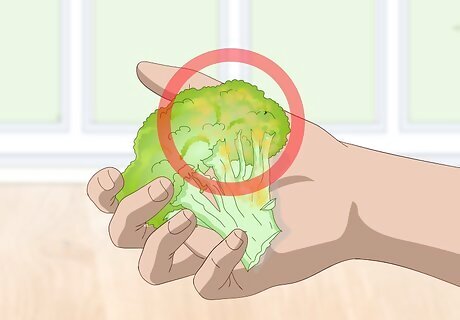
Check your broccoli for limpness and discoloration. Fresh broccoli stems are firm and the florets will be green. If the broccoli is going bad, the stem will be limp. The green color will start to become a shade of yellow. Generally, the smell will start to become stronger and slightly unpleasant.
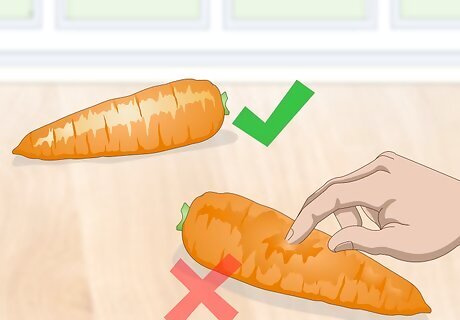
Notice if your carrots have become mushy or slimy. Fresh carrots can last over a month in the fridge. Baby carrots will last slightly less time because they have been peeled and have more moisture in the bags. Carrots that are bad will be mushy and slimy. If they are slightly limp or still hard, you can still eat them. Carrots will get white dots on them when they are dehydrated. This doesn’t mean they are spoiled. It just means they should be eaten soon.
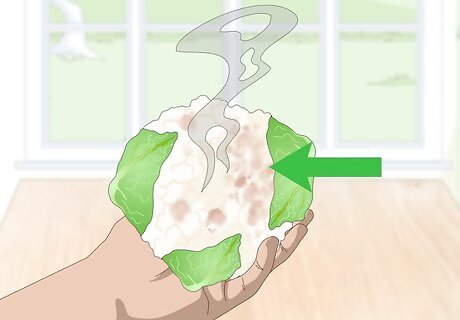
Monitor your cauliflower for brown spots and bad odors. The head of a cauliflower should be white, purple, or light green, and the head should be spongy. Cauliflower that is going bad starts to develop brown spots. These spots can be cut off. If the head is white under the brown spots, you can still eat it. If the entire head is brown, if the cauliflower has a bad odor, or if it is slimy, you need to throw it out.

Look for softer, lighter celery. Celery stores well in the fridge, lasting up to four weeks. Celery that is going bad turns a whitish color and hollows out. Individual stalks also start to spread from the rest of the bunch, and they are soft and bendy.
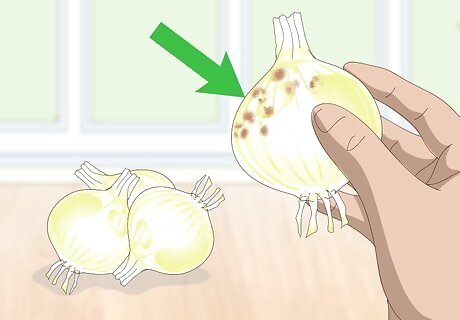
Look for brown spots on your onions. Large onions, shallots, and heads of garlic can last up to two months in the fridge, while the smaller ones can last a couple of weeks. They can even last up to four weeks outside of the fridge. When onions start to spoil, they develop brown or black sports on them. They may also have areas that are soft or start to mold. You can cut out soft or moldy spots and check the surrounding area. If it isn’t soft or discolored, you can eat the onion.
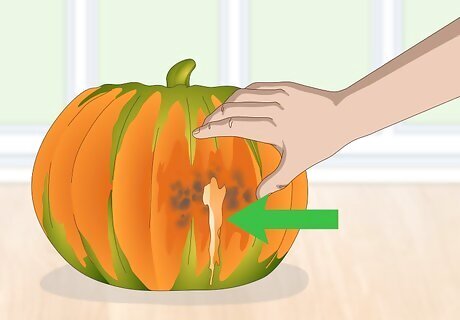
Check your squash for leakage. Squash will become bruised and mushy when it's spoiled. Winter squash can last a couple of months, while summer squash will only last for around a week. Any squash that is soft, mushy, slimy, or moldy has gone bad.
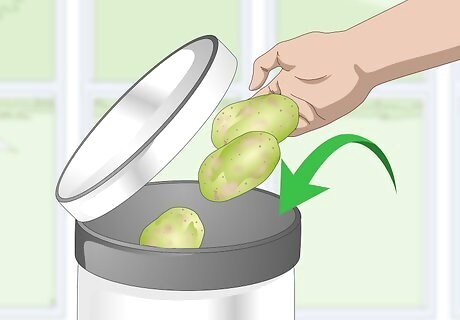
Throw out green or bitter potatoes. Potatoes can have natural toxins that are resistant to cooking and high temperatures. If your potato has green sections on the skin, potato flesh, sprouts, or eyes, don’t eat them and toss them out. If your potato tastes bitter but doesn’t have green spots, you should also get rid of them.
Practicing General Food Safety
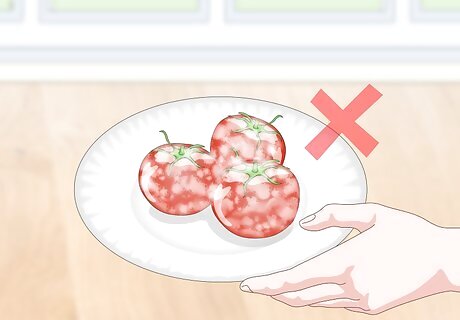
Discard vegetables that are covered in mold. Some mold can be beneficial, but mold on vegetables can make you sick. Mold can withstand high temperatures used to cook and the roots can extend down into the food and be invisible to the naked eye. Mold generally isn’t very toxic, but you still don’t want to eat it. If you want to try to save the vegetable, cut off the moldy section that goes around one in/2 cm deep.
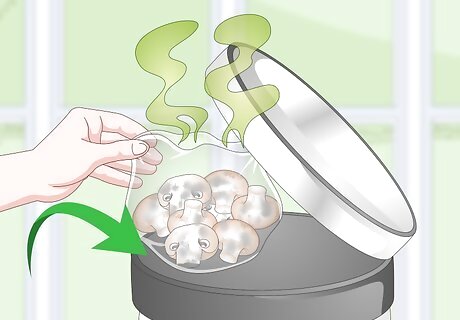
Throw out vegetables that smell wrong. You can sometimes smell when a vegetable has spoiled. They may have a foul odor, or they may smell bitter, sweet, or sour when they normally do not. Though you cannot always smell when vegetables have spoiled, anything that has a bad smell should be thrown away.
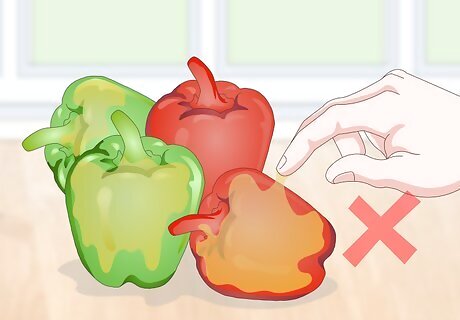
Get rid of vegetables that are slimy. Vegetables should not be slimy and sticky. This indicates that it is spoiling and developing a film that contains bacteria. When you touch the vegetable and it feels sticky or slimy, throw it away.
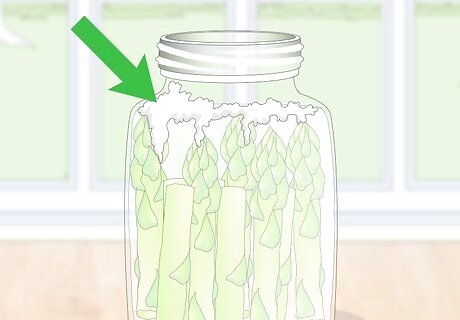
Be extra careful with home canned vegetables. Home canning is a great way to preserve your vegetables. However, these vegetables are at a risk for botulism. Even if it smell or looks normal, it could be contaminated. The container can give you clues as to whether your vegetables are spoiled. If in doubt, throw it out. Containers that are leaking, bulging, or swollen should be tossed out. They should also be tossed if they have been damaged or cracked. Home canned vegetables should not spurt liquid or foam when you open it. Items with popped lids that haven’t been sealed properly should be tossed. Throw away any containers with food that smells bad, is discolored, or is moldy.
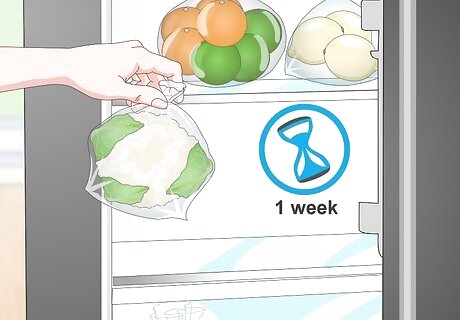
Keep track of how long you have had the fresh vegetables. Most vegetables can last in the refrigerator for four to seven days. Some can last longer. One way to know if your vegetables are spoiled is to figure out how long you have had it. If the vegetables have been in the refrigerator for more than a week, they may be spoiled.
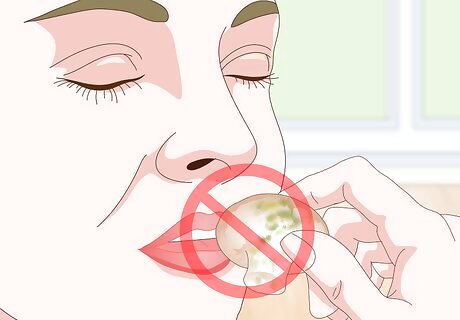
Avoid tasting the vegetables to check them. If you think your vegetables have spoiled, don’t taste them to see if they taste okay. Just a taste that contains bacteria can make you sick. If it smells bad, looks moldy or rotten, or you are unsure, just toss the vegetables out.
Saving Vegetables with Minor Bad Spots
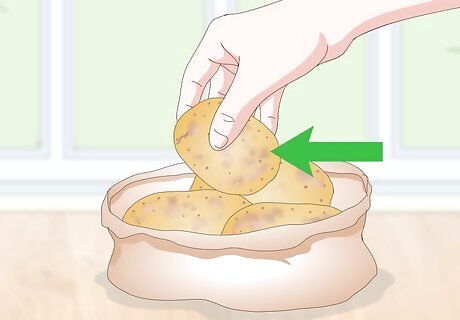
Ignore bruising on most vegetables. Bruising commonly happens to vegetables. This can happen when you place it in a bag to bring it home or in the refrigerator. Bruises cause the vegetable to get soft and brown in a certain area. You can still eat the vegetable, but you probably want to remove the bruised section.
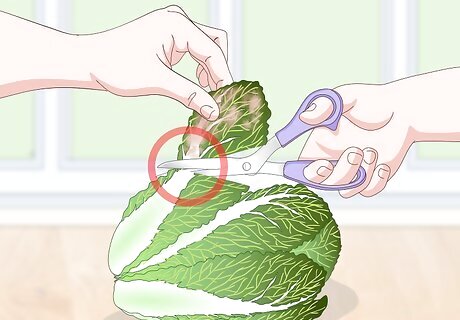
Cut away discoloration of dark leafy greens. Lettuce and dark leafy greens naturally may get brown spots on them or pink areas on the stems. This is all natural. Just cut off the discolored sections. The rest of the leaf is fine to eat. This discoloration may be caused by too much oxygen, a nutrient deficiency, or high temperatures.
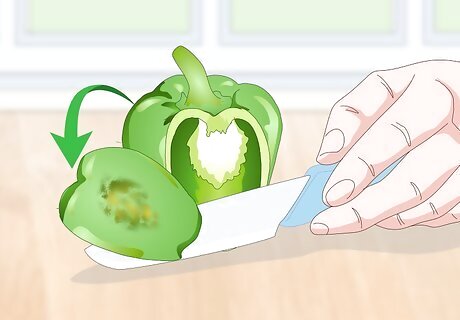
Remove small rotten sections. If your vegetables only have one small section that has become rotten, the rest of the vegetable is more than likely fine. Cut out the rotten section and check the rest of the vegetable. If the rest of it looks healthy, then you can eat it. Rotten spots, also called soft rot, can occur when the tissue of that particular spot is damaged, which makes it vulnerable to bacteria.
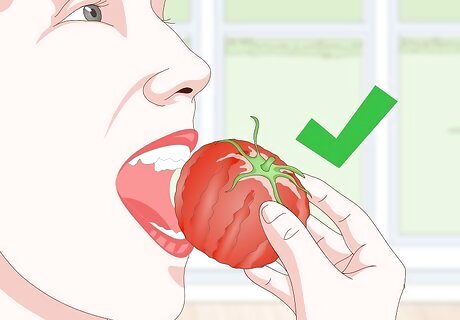
Eat vegetables that are wilted or wrinkled. Wilted greens or wrinkled skins don’t mean that a vegetable is spoiled. It means they have lost some moisture. Most of this wilting or wrinkling can be fixed if you place the vegetable in an ice bath or cook it.

















Comments
0 comment